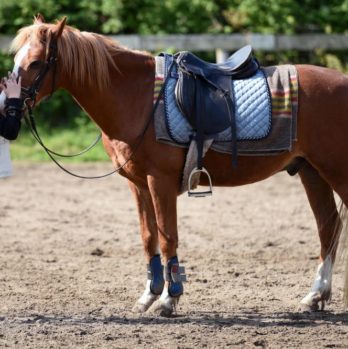Handboll Allsvenskan Damer – En Grundlig Översikt

Introduction
Handboll Allsvenskan Damer is the top women’s handball league in Sweden. This highly competitive league features some of the most skilled and talented female handball players in the country. In this article, we will provide an in-depth overview of Handboll Allsvenskan Damer, including the types of teams and players involved, popular trends, quantitative measurements, differences between teams, and a historical analysis of the league’s pros and cons.
Overview of Handboll Allsvenskan Damer

Handboll Allsvenskan Damer comprises several teams from different regions of Sweden. These teams compete against each other in a league format, with matches held throughout the season. The league allows for the development of future national team players and serves as a stepping stone for players aiming to make it to the elite-level leagues.
Presentation of Handboll Allsvenskan Damer
Handboll Allsvenskan Damer consists of 12 teams that battle it out for the league title. These teams are often affiliated with professional handball clubs or local sports organizations. Each team consists of highly skilled players who have undergone intensive training and possess exceptional handball techniques. The league attracts a significant fan base, with supporters from all over the country attending matches to cheer on their favorite teams.
The popularity of Handboll Allsvenskan Damer stems from the thrilling and fast-paced nature of the sport. With its combination of physicality, agility, and teamwork, handball captivates both players and spectators alike. The league provides an opportunity for women to showcase their talents on a national scale, inspiring young girls to pursue handball as a sport.
Quantitative Measurements of Handboll Allsvenskan Damer
To measure the performance and progress of teams in Handboll Allsvenskan Damer, several quantitative metrics are utilized. These include goals scored, assists, saves, penalties, and turnovers. These metrics provide valuable insight into team dynamics, individual player performances, and overall league competitiveness. Coaches and analysts use these measurements to strategize and fine-tune their teams’ tactics for upcoming matches.
Differences between Handboll Allsvenskan Damer Teams
While all teams in Handboll Allsvenskan Damer strive for success, they differ in various aspects. Each team has its own unique playing style, defensive strategies, and offensive tactics. Some teams prefer a slow-paced, possession-based approach, while others thrive on fast breaks and quick transitions. These differences in playing styles create exciting matchups and add depth to the league’s competitiveness. Additionally, teams may vary in terms of their financial resources and infrastructure, which can affect their overall performance.
Historical Analysis of Pros and Cons of Handboll Allsvenskan Damer
Handboll Allsvenskan Damer has evolved over the years, experiencing both advantages and disadvantages. On the positive side, the league has provided a platform for female handball players to showcase their skills and gain recognition. It has contributed to the growth and development of women’s handball in Sweden, fostering a competitive environment that pushes players to excel. However, like any other sports league, Handboll Allsvenskan Damer faces challenges such as financial constraints and limited exposure compared to higher-level leagues. These challenges can impact the league’s ability to attract sponsors, secure television coverage, and maintain high attendance numbers.
Conclusion
Handboll Allsvenskan Damer is a significant force in Swedish women’s handball, offering a platform for players to compete at a high level and develop their skills. The league’s popularity is fueled by the fast-paced and thrilling nature of handball, attracting a dedicated fan base. With its quantitative measurements, unique team differences, and a historical analysis of pros and cons, Handboll Allsvenskan Damer continues to thrive despite its challenges. As the league progresses, it will undoubtedly continue to pave the way for the future of women’s handball in Sweden.
References:
1. Handbollförbundet.se – Official Website of the Swedish Handball Federation











